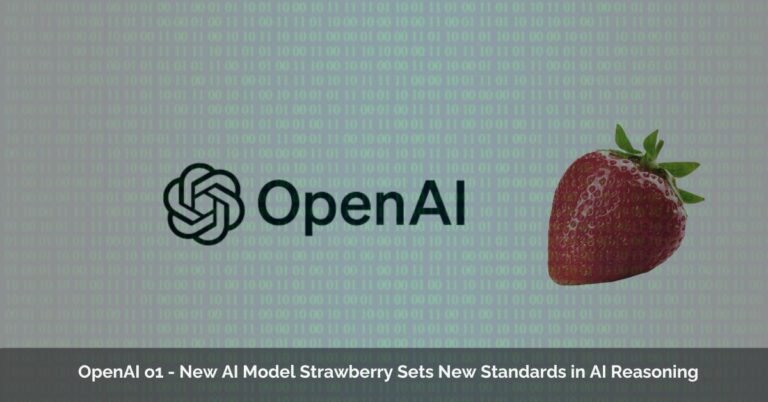Python vs Anaconda
Python and Anaconda are two prominent names in the data science domain, often causing confusion for beginners. While both play a crucial role, they serve distinct purposes. This article sheds light on the key differences between Python and Anaconda, empowering you to choose the right tool for your data-driven adventures.
Table of Contents
ToggleUnderstanding Python – The Versatile Snake
Python is a general-purpose, high-level programming language renowned for its readability and beginner-friendliness. Its clear syntax and vast ecosystem of libraries make it a favorite among programmers across various domains. Here’s what makes Python stand out:
- Versatility: Python’s strength lies in its adaptability. It can be used for web development, data analysis, machine learning, automation, scripting, and much more.
- Readability: Python’s code resembles natural language, making it easier to learn and maintain compared to complex languages.
- Extensive Libraries: The Python Package Index (PyPI) boasts a staggering number of libraries, offering pre-written code for countless functionalities.
Introducing Anaconda – The Data Science Powerhouse
Anaconda is a free and open-source distribution of Python, specifically geared towards data science, scientific computing, and machine learning. It bundles essential tools within a single platform, simplifying the setup process for data enthusiasts. Here are the key features of Anaconda:
- Pre-installed Packages: Anaconda comes pre-loaded with popular data science libraries like NumPy, Pandas, Scikit-learn, and TensorFlow, eliminating the need for individual installations.
- Package Management: Anaconda provides its own package manager, conda, for efficient management of dependencies between different libraries.
- Scientific Environment: Anaconda integrates seamlessly with Jupyter Notebook, a web-based interactive environment for data analysis and visualization.
| Feature | Description (Python) | Description (Anaconda) |
|---|---|---|
| Focus | A general-purpose programming language known for its readability and versatility. Python can be used for various tasks across different domains including web development, automation, data analysis, and scientific computing. | A software distribution that is specifically built upon Python to cater to the needs of data science workflows. Anaconda includes Python itself, along with hundreds of pre-installed data science packages and tools, providing a one-stop shop for data scientists. |
| Package Management | Relies on pip, a standard package manager for Python. Pip allows users to install and manage various Python libraries from the Python Package Index (PyPI), a vast repository containing hundreds of thousands of packages for diverse purposes. | Utilizes conda, its own package manager. Conda excels at creating isolated environments for different projects, ensuring that specific project dependencies are managed effectively and don’t conflict with other projects. This is particularly beneficial in data science where projects often rely on unique sets of libraries. |
| Ease of Use | Requires some programming knowledge to set up and use effectively. While Python itself is known for its relatively clear syntax, users need to understand basic programming concepts and be comfortable working with code editors or integrated development environments (IDEs) to leverage Python’s capabilities. | Generally considered more user-friendly, especially for beginners in data science. Anaconda comes with a graphical user interface (Anaconda Navigator) that simplifies managing environments and packages. This GUI-based approach can be helpful for those who are new to coding or prefer a more visual way to interact with their data science tools. |
| Package Availability | Offers access to a vast library ecosystem through the Python Package Index (PyPI). PyPI boasts hundreds of thousands of packages catering to various programming needs, offering a wider selection of tools beyond just data science. | Provides around 20,000 packages, with a focus on data science tools and libraries. While this may seem like a smaller number compared to PyPI, it includes essential libraries commonly used in data science tasks like NumPy, Pandas, Matplotlib, and Scikit-learn. |
| Deployment | Due to its smaller footprint, Python applications can be lightweight and easy to deploy. This is because Python itself requires minimal resources and the specific libraries used for a project can be chosen and packaged efficiently for deployment. | May require more disk space and memory due to the pre-installed packages that come with Anaconda. Additionally, deployment can be trickier as it involves managing environments and dependencies to ensure everything functions correctly in the deployment environment. |
Choosing Your Weapon – Python vs. Anaconda
While both Python and Anaconda empower data exploration, the choice between them depends on your specific needs:
- For Beginners: If you’re new to programming and data science, Anaconda offers a streamlined experience with pre-configured tools.
- For Experienced Programmers: If you have experience with Python and prefer a more customized environment, installing essential libraries using pip (Python’s package installer) might suffice.
- For Project Focus: For general-purpose programming tasks beyond data science, Python alone might be the better option due to its broader applicability.
Conclusion
Python and Anaconda are like peanut butter and jelly – a powerful combination when used together for data science projects. Understanding their strengths and choosing the right tool will equip you for success in the exciting world of data exploration and manipulation.

























